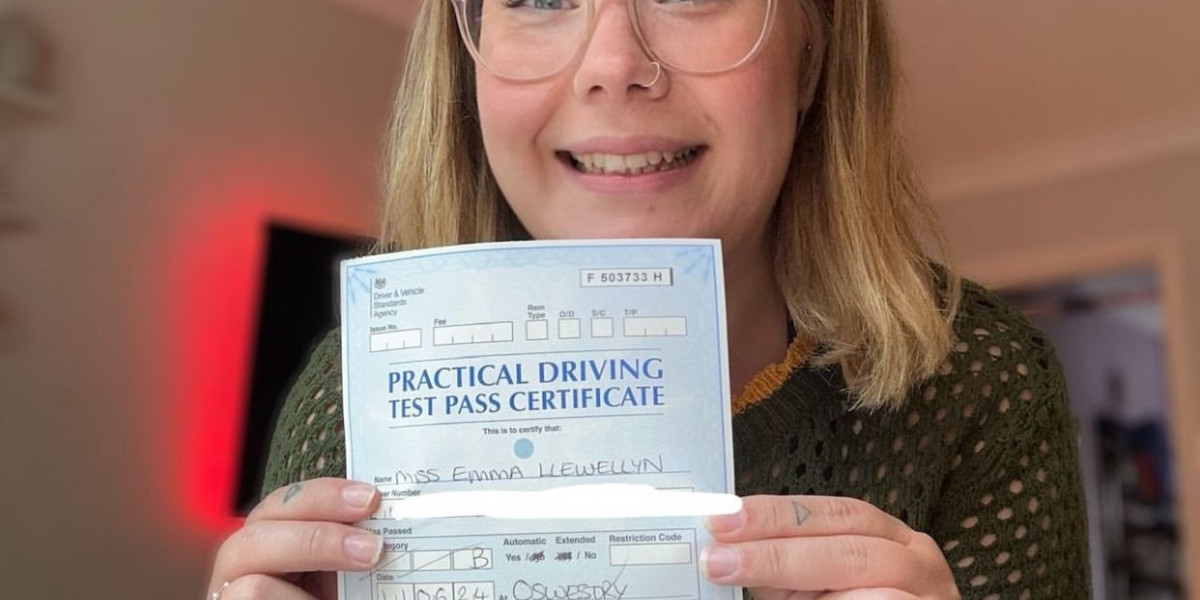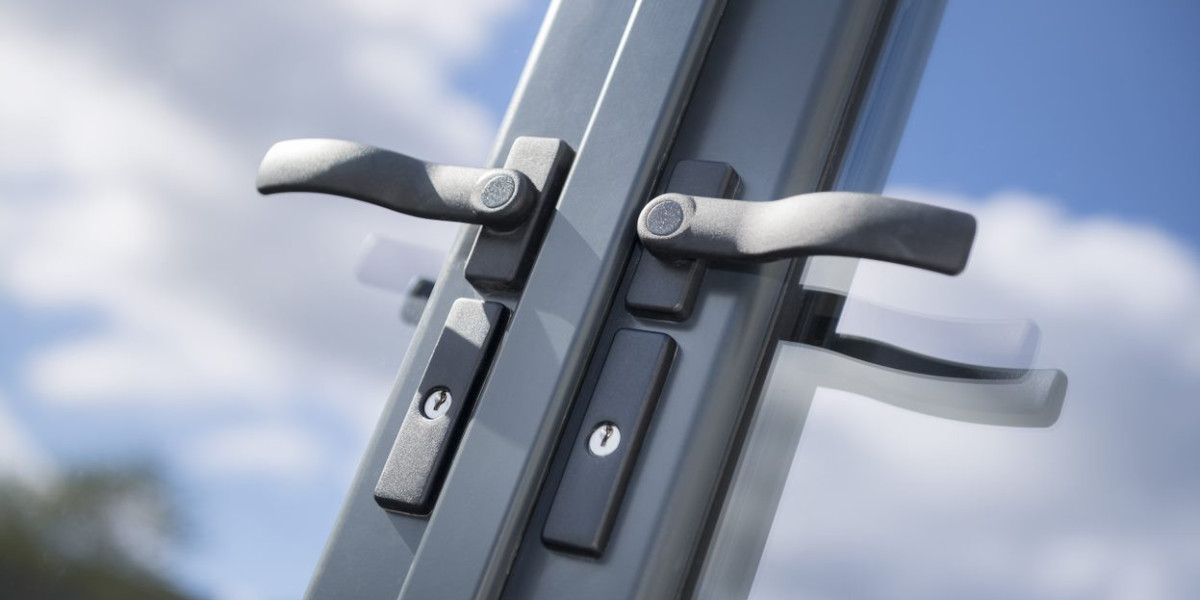The Purr-fect Fix: A Comprehensive Guide to Cat Door Fixing
As any cat owner can testify, a cat door is an essential feature in any feline-friendly home. It supplies our whiskered buddies with the flexibility to come and go as they please, while also keeping undesirable animals out. However, like any other family item, cat doors can end up being broken or broken over time, needing some TLC to get them back in working order. In this post, we'll dig into the world of cat door fixing, checking out the typical concerns, DIY services, and expert tips to help you keep your feline good friend's gateway in top condition.
Typical Issues with Cat Doors
Before we dive into the fixing part, it's important to understand the common problems that can emerge with cat doors. These consist of:

- Sticking or jamming: Over time, the door's hinges or rollers can become broken, triggering the door to stick or jam.
- Leakages: Gaps or fractures in the door or its frame can enable cold air, wetness, or perhaps undesirable visitors to enter your home.
- Broken or harmed frames: Accidental scratches or knocks can harm the door's frame, jeopardizing its structural stability.
- Malfunctioning locking mechanisms: The locking system can become jammed or broken, rendering the door worthless.
- Worn-out seals: The door's seals can become worn, permitting air to seep through and lowering the door's energy effectiveness.
Do It Yourself Solutions for Cat Door Fixing
Fortunately, numerous cat flap technician door problems can be fixed with some standard DIY abilities and tools. Here are some step-by-step solutions for common problems:
- Sticking or jamming:
- Clean the door's hinges and rollers with a soft brush and some lube.
- Use some silicone-based lube to the hinges and rollers.
- If the door still sticks, try adjusting the hinges or replacing the rollers.
- Leaks:
- Inspect the door and its frame for spaces or cracks.
- Seal any gaps or cracks with weatherstripping or caulk.
- Change the door's seals if they're worn.
- Broken or harmed frames:
- Clean and inspect the frame for any damage.
- Use wood glue or a wood filler to repair any cracks or scratches.
- If the frame is badly harmed, think about changing it.
- Defective locking systems:
- Inspect the locking system for any obstructions or jamming.
- Tidy the locking mechanism with a soft brush and some lube.
- If the locking system is still malfunctioning, think about replacing it.
- Damaged seals:
- Inspect the seals for any signs of wear or damage.
- Replace the seals with brand-new ones, following the manufacturer's instructions.
Expert Tips for Cat Door Fixing
While DIY options can be efficient, sometimes it's necessary to contact the experts. Here are some expert tips for cat door for wooden door door fixing:
- Use the right tools: Invest in a good quality toolset, consisting of a screwdriver, pliers, and a wrench.
- Procedure twice, cut when: Before making any repairs, verify your measurements to prevent any expensive errors.
- Use the best products: Choose products that are resilient and weather-resistant, such as stainless-steel or PVC.
- Think about updating: If your cheap cat Flap installers door is old or outdated, consider upgrading to a more recent model with enhanced features and functionality.
Frequently Asked Questions
Q: How typically should I inspect my cat door?A: It's recommended to examine your cat door every 6-12 months to catch any potential problems before they end up being significant issues.
Q: Can I fix a cat proofing door installation door myself?A: Yes, lots of cat door problems can be fixed with some fundamental DIY abilities and tools. Nevertheless, if you're not sure or unpleasant with DIY repairs, it's best to speak with a professional.
Q: What are the advantages of updating to a newer cat door design?A: Newer cat door models often come with improved functions, such as much better insulation, improved security, and simpler cleaning.
Conclusion
Cat door fixing is a relatively straightforward process that can be accomplished with some fundamental DIY abilities and tools. By understanding the typical problems that can emerge with cat doors and following the expert tips and DIY options outlined in this article, you'll be well on your way to keeping your feline friend's gateway in top condition. Remember to check your cat door frequently and think about updating to a newer design if necessary. With a little TLC, your cat door fitting door will continue to supply your feline good friend with the flexibility and comfort they should have.
Extra Resources
- Cat door maintenance checklist:
- Inspect the door and its frame for any damage or wear.
- Clean the door's hinges and rollers.
- Inspect the locking mechanism for any clogs or jamming.
- Change the door's seals if they're worn.
- Advised tools for cat door fixing:
- Screwdriver
- Pliers
- Wrench
- Weatherstripping or caulk
- Wood glue or wood filler
- Cat door producers:
- PetSafe
- Cat Mate
- Staywell
- Suitable Pet Products
By following the tips and standards described in this short article, you'll be well on your way to ending up being a cat door fixing expert. Remember to constantly follow safety preventative measures and consult a professional if you're unsure or uncomfortable with any element of the process.











